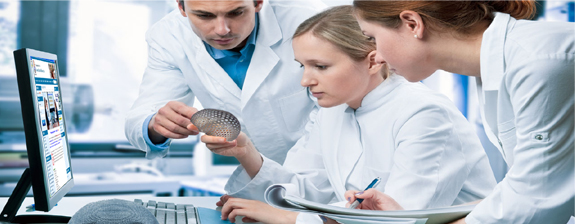Background: Pain during orthodontic treatment, particularly during the levelling and alignment phase, is a major concern that can impact patient compliance and treatment experience. While several methods exist to manage this discomfort, many have limitations including potential interference with tooth movement. Low-Level Laser Therapy (LLLT) has emerged as a promising non-pharmacological approach to reduce orthodontic pain. Aim: To evaluate the effectiveness of Low-Level Laser Therapy (LLLT) in reducing pain during the levelling and alignment of maxillary anterior crowding. Methods: This randomized controlled trial included 24 patients aged 14–25 years with maxillary anterior crowding (Little’s Irregularity Index: 4–6). Participants were randomly assigned to a laser irradiation group (n=12) and a control group (n=12). The laser group received diode laser treatment (970 nm, 200 mW) biweekly, starting from day one of fixed appliance therapy until alignment completion. Pain was assessed using the Visual Analogue Scale (VAS) at baseline and every two weeks during follow-up. Data were analyzed using unpaired t-tests and repeated measures ANOVA. Results: The laser group demonstrated a significant reduction in VAS scores at the 2nd and 4th week compared to the control group (p<0.05). No statistically significant differences were observed at subsequent time points. Both groups exhibited a decline in pain over time, but LLLT showed superior pain reduction during the early phase of orthodontic treatment. Conclusion: LLLT is effective in reducing orthodontic pain during the initial levelling and alignment phase. While its short-term benefits are promising, further studies are required to optimize laser parameters and assess long-term efficacy and practicality in routine orthodontic care.
Assessing the Role of Low-Level Laser Therapy in Reducing Pain during Initial Orthodontic Tooth Movement
Research Article
DOI:
http://dx.doi.org/10.24327/ijrsr.20251606.0060
Subject:
Orthodontics
KeyWords:
Orthodontic pain, Low-Level Laser Therapy, Photobiomodulation, Levelling and alignment, Visual Analogue Scale, Maxillary crowdin
Abstract:

